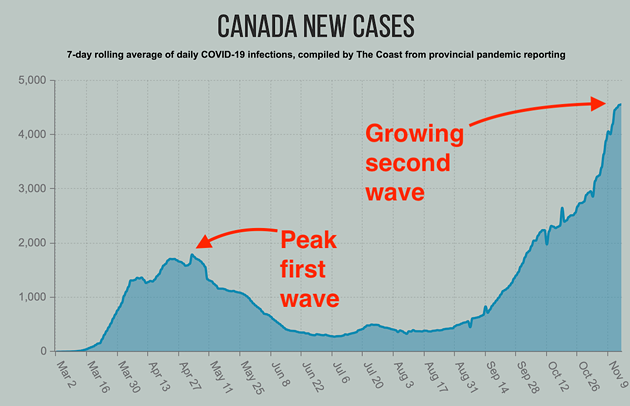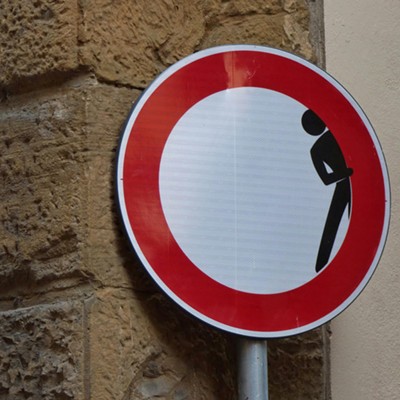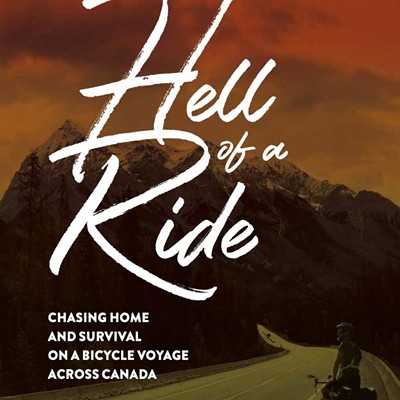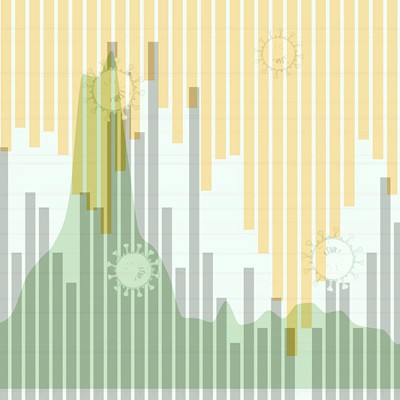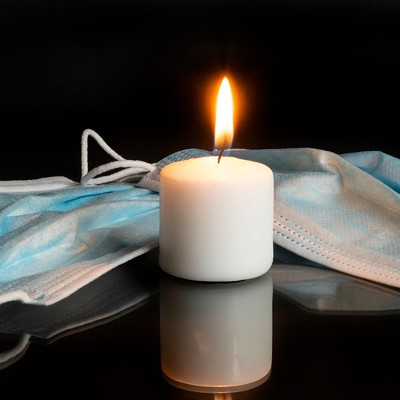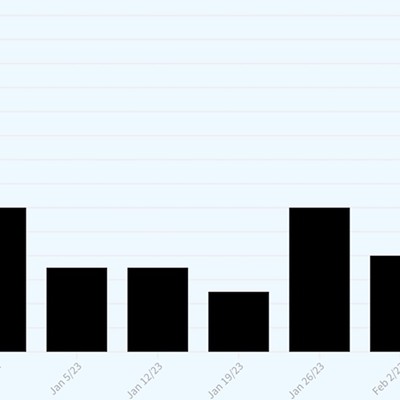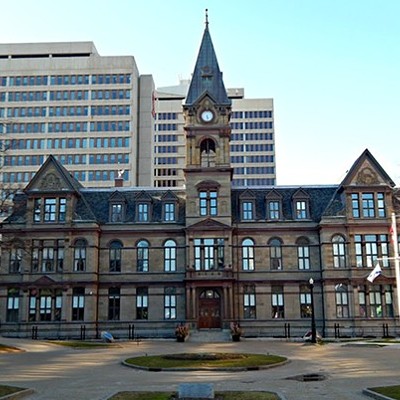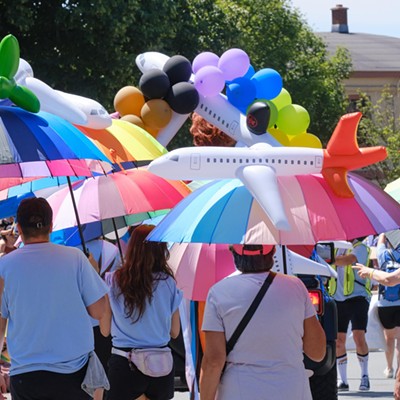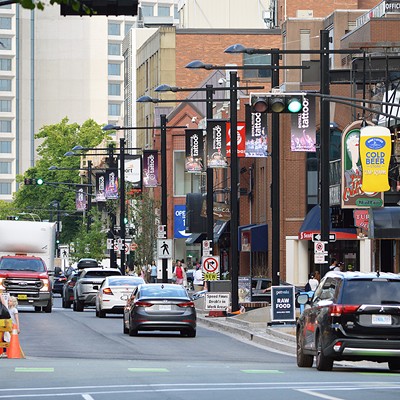NOTE: This week is now over. For the very latest news, please go here. But for an informative look back at exactly how Nova Scotia responded to COVID-19 in realtime, keep on reading.
Click for mobile-friendlier version of graph.
Editor's note: In its 28 years The Coast has never been a just-the-facts news service, but for these strange times here are quick-hit updates.
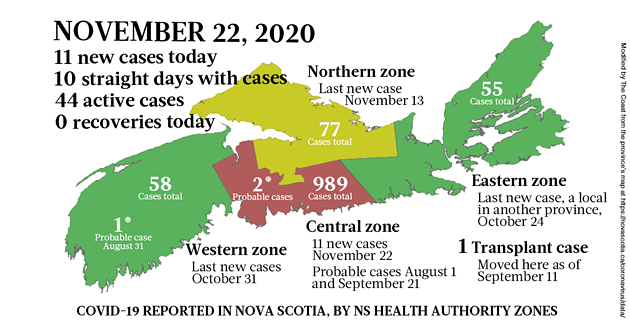
And then there were 11
We've been saying a lot yesterday how the rising November numbers look a lot like the mid-May numbers, with the falling first wave and the rising second wave having natural similarities. Now the province has announced 11 cases in a day, a double-digit high that hasn't been approached since early May (with 14 cases May 4), when Nova Scotia was on the brink of reaching 1,000 total cases.
"All 11 new cases are in Central Zone," said the provincial report. "Six are connected to previously reported cases; five are under investigation."
In a bit of good news we didn't have during the first wave, today's case numbers are informed by a "rapid COVID-19 screening program" that was piloted on bar staff and customers last night.
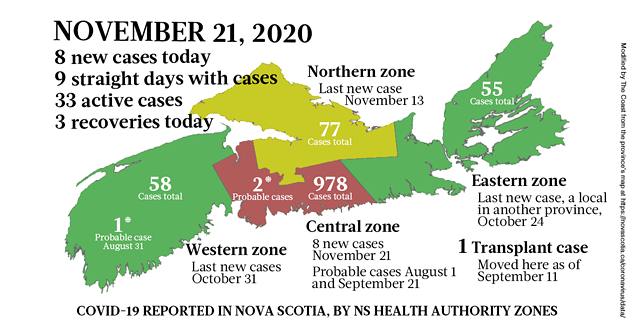
It's getting real
Nova Scotia announced eight new COVID-19 patients. "All eight new cases are in Central Zone," said the daily provincial report. "Two are connected to previously reported cases; six are under investigation."
The last time we had that many new diagnoses in a day was Friday, May 15. Back then, when eight was a relatively low number that showed we were beating down the first wave, it was an occasion to open up beaches and expand the family isolation bubble. "I know a lot of you need a break from being cooped up and shut in,” premier McNeil said when he introduced those loosenings.
Today, McNeil reminded took the opposite tack. "We have restrictions and guidelines in place to protect the health of fellow Nova Scotians," he said via the emailed report, "limit social contacts, practice social distancing, wear a mask and wash your hands."
Strang wanted to make sure everybody knows this is a scary new high. "This is the single largest jump in COVID-19 cases we have seen in our province in recent months," he said in the update. "It is critical that we all do our part to prevent and reduce the spread of COVID-19."
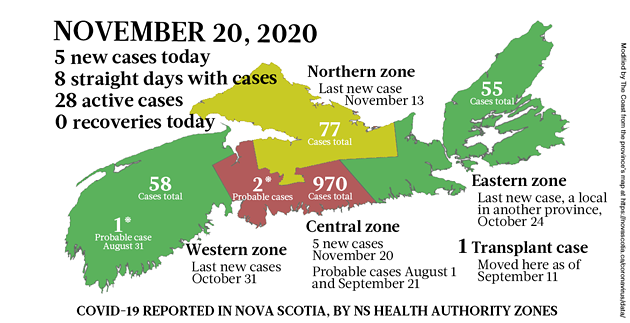
Bringing back restrictions
Today brought five new cases, and no recoveries, for a total of 28 active cases. That number hasn't been matched since May 22, almost six months ago. With these five cases, we have had a total of 24 cases diagnosed in the last week; we haven't had that many in a week for OVER six months—since May 19.
What's the deal with May? It was the tail end of the first wave, as all the case numbers were on the way down from the mid-April peak to essentially zero for a virus-free summer. Now we're at the leading edge of the second wave, entering territory we remember from the first time around, but hoping to keep the numbers from getting as high as before through a combination of good anti-virus habits and our contact-tracing skills. Oh, and also restrictions on our movement and activities, another good-times throwback to the first wave.
The new restrictions were announced at Strang/McNeil webcast briefing, and they're too extensive to get into here. Luckily The Coast's own Victoria Walton covered the briefing has the scoop on the new rules for Halifax. For the most basic basics, almost every gathering limit has been cut in half—from a maximum of 10 people eating at a restaurant table down to five—and even families with six or more people can only go outside in five-person groups.
The one big exception, which wasn't didn't come up at the briefing, is the limit on athletes and performers. Earlier in the fall (see Friday, September 18 update), the limit was raised to 50 people to enable many sports and cultural activities to start up again post-lockdown. And the province's press relations folks inform us that is NOT CHANGING despite today's tightening of restrictions: "the gathering limit of 50 without physical distancing is still in place for sports practices/competitions and arts rehearsals/performances."
Apparently the show must go on.
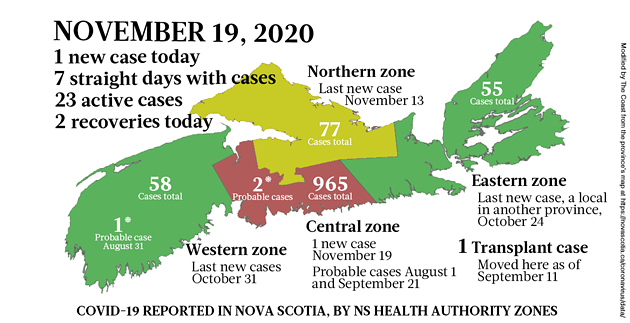
Community transmission continues
There's just a single new COVID-19 case today, but it still carries weight. Even though top doc Strang said on Tuesday that community spread is happening, meaning we are indeed dealing with the second wave, recent disease reports from the province have been strangely reassuring. Sure, there were three cases yesterday, but they were all "close contacts of previously reported cases."
The same Tuesday two cases from schools were announced, there were also three cases connected to other cases. Monday had two not-random cases—"Both are connected to previously reported cases"—as did Sunday. Even Saturday's six-month high of six cases in one day seemed relatively under control, because all the patients were "contacts of previously reported cases." This sort of community spread doesn't feel completely unpredictable.
Today, however, that single case came with no comforting connections. "The new case is in the Central Zone and is currently under investigation," said the provincial report. It is out there on its own, reminding us that it only takes one person to spread a pandemic.
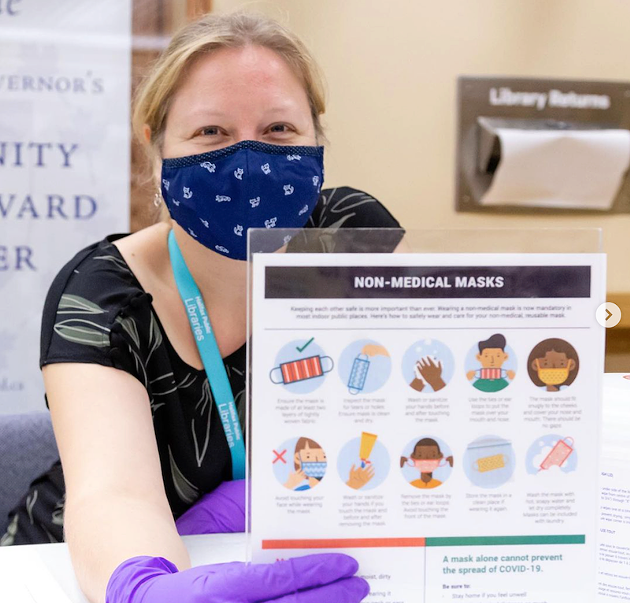
Libraries starting to lock things back down
Uh oh.
The Halifax Public Libraries system just announced two changes to deal with the growing COVID-19 threat in Nova Scotia. For starters: "All branches of Halifax Public Libraries will temporarily suspend in-person programs and events" effective today. Second, in order to eliminate a reason for people to take off their masks, as of this Saturday, November 21, "eating and drinking will be temporarily not allowed in the Library." (Bolding is in the original public service announcement.)
The programming suspension effects after-school programs and elementary-age kids who just got back in the groove with their literacy tutors. Tonight's hangout for teenagers at Cole Harbour Public Library is cancelled, as is the knitting group at Musquodoboit Harbour Public Library and "Cricut Crafting" at the Central Library (which involves craft projects using a high-tech cutting machine). Library Rats and Animal Antics and Vincenzo's Weird 'n' Wild Magic Show and countless other happenings and education opportunities for kids and adults and community groups…all cancelled until further notice.
Except for the number of people effected, these moves aren't necessarily significant on their own. Random gatherings became a luxury early in the Covid era—at least in places that practise pandemic precautions—and public health supremo Robert Strang has been talking more lately about the importance of keeping your allowed 10-person bubble to a group of just 10 people who are committed to that bubble. Cutting back in-person events is an obvious first move in the second wave.
And eating in the library? Lots of people, especially those who remember having a paper library card, think allowing food and drinks in libraries is a sign of our civilization's decline. Maybe the top sign! They welcome a ban, however temporary.
But in the wider context, these freedom rollbacks are massive.
Like some kind of pandemic-woke canary in a coal mine, Halifax Public Libraries has been very tuned into C19 since the beginning, earning much love from Haligonians as it figured out ways to help the city and keep offering services despite the lockdown. (Coast news editor wrote a story about all the things HPL did as it became Halifax's "unofficial social worker.")
During the worst of the lockdown in the first wave, HPL was early to find routes to freedom. Now, with Nova Scotia enjoying freedom despite the growing second wave, HPL is early to locking back down. Which means, to the extent the library system really can see the future, widespread C19 shutdowns and restrictions are just over the horizon.
That said, HPL is already prepping for its social-worker role to resume again in earnest. "Whether you choose to visit us in-person or online, the Library will continue to adapt services so that our community remains healthy and safe," says its announcement, mentioning curbside pick-up options, the ability to get a digital library card online, its varied E-Library offerings and the Ask the Library phone line. "At home, or in-person, we’re always here for you."
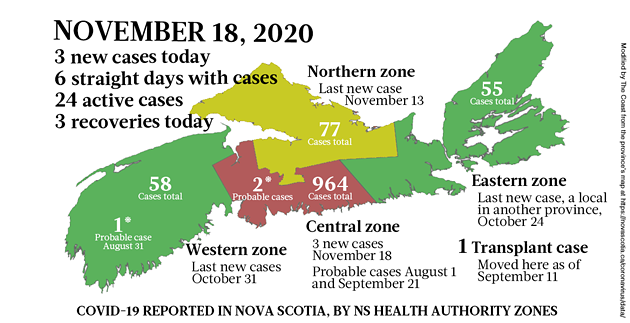
Some perspective on our second wave
After yesterday's announcement from top doc Robert Strang that the second wave and community spread are officially here, Nova Scotia felt different today. But not that different. There's a renewed sense of dread, although it's far from despair. Anxiety has returned, yet panic is staying away.
Stephanie Nolen's piece in today's New York Times, "I Am Living in a Covid-Free World Just a Few Hundred Miles From Manhattan," arrives with slightly ironic timing, however it still rings true. "The Halifax airport is the largest in the region, and it was receiving only about a dozen international flights each day when the pandemic began," Nolen writes. "There are none now. We’re a very small New Zealand."
Strang using the words "community spread" doesn't make the travel restrictions any more or less important. We wore masks before the second wave arrived in order to be comfortable wearing them when it did. And, at least so far, the pandemic-prevention measures Nova Scotia instituted (per Nolen: "We stand six feet apart in the line at the grocery store. There is plexiglass around the cashier at Starbucks.") have kept our infection numbers manageable.
The province announced three new COVID-19 cases today, all in the Central health zone (Halifax and area), all "close contacts of previously reported cases" as the provincial report puts it. There were also three recoveries among C19 patients, for a net increase of zero; just like yesterday, Nova Scotia currently has 24 active cases, with no patients in the hospital.
Meanwhile today's Times is also reporting the second wave is bad enough in New York City that public schools are about to shut down: "Case numbers are rising so quickly in New York that more restrictions appear likely," the story warns. The state of New York had 5,094 new infections and 36 deaths yesterday, with 2,124 people in the hospital.
Virus sightings in Bayers Lake
As were we just saying, now that COVID-19 has officially breached Nova Scotia's containment system and is spreading randomly in the community, we're either going to be getting a lot more of the NS Health Authority's "Potential exposure" warnings, or none at all. So far—just a day into this community transmission phase of the province's second wave—the NSHA is continuing with its warnings, with one just sent to media.
Here are the details, copied straight from the NSHA email:
Nova Scotia Health Public Health is advising of potential exposure to COVID-19 at:
- East Side Mario’s (186 Chain Lake Dr, Bayers Lake) on Nov. 14 between 3 p.m. and 9 p.m. and Nov. 16 between noon and 7 p.m.
Anyone present at this location during this time period is asked to monitor for symptoms of COVID-19. It is anticipated anyone exposed to the virus at this location on the above dates may develop symptoms up to, and including, Nov. 30.
- Sport Chek (215 Chain Lake Dr, Bayers Lake) on Nov. 15 between 11 a.m. and 2 p.m.
Anyone present at this location during this time period is asked to monitor for symptoms of COVID-19. It is anticipated anyone exposed to the virus at this location on the above date may develop symptoms up to, and including, Nov. 29.
Note that if you were at either of these places at the wrong time, you're just supposed to monitor your symptoms, rather than getting a test right away. However, some of these warnings call for people to go straight for testing if they were in the exposure window.
The long and repeated time frame at East Side Mario's must be a staff person. (It's theoretically possible for a devoted customer to hang out for six hours on Monday, but no chance they'd go back Tuesday for seven more hours.) Maybe the contact tracers are satisfied that person didn't interact with customers—or with other staff who interacted with customers. Maybe getting tested on Thursday would be inconclusive because the exposure only happened Tuesday, not enough time to guarantee a negative test means no infection symptoms. Or maybe there's something else going on.
We've asked the NSHA for help to understand why some exposures lead to monitoring rather than testing. Because to us, it seems erring on the side of telling people to get tested is a sound strategy while we're still in the early stages of second-wave spread and might just possibly be able to get control of the disease again. But that might just be us.
Potential exposure potentially a scarlet letter
The Nova Scotia Health Authority put out yet another "Potential exposure to COVID-19" notice today. We've seen several of these lately, as the NSHA raced to use a kind of public contact tracing to get control of a virus on the brink of breaking out into the city.
Now that community spread is here (see below), it's hard to guess if we'll be seeing an awful lot more of these sorts of notices, as the disease is randomly spreading and public contact tracing is our last-ditch option to get ahead of it, or none at all—because now it could be anywhere and everywhere.
Anyway, here's today's warning, copied straight from the NSHA email:
Nova Scotia Health is advising of potential exposure to COVID-19 at GCR Tire & Service Centre (42 Isnor Dr. in Dartmouth) on Nov. 13 between 8 a.m. and 10 a.m. Anyone present at this location during the above time period is asked to monitor for symptoms of COVID-19. It is anticipated anyone exposed to the virus at this location on Nov. 13 may develop symptoms up to, and including, Friday, Nov. 27.
We're all for strong and open communication around C19. The government's inclination to hoard information instead of sharing (reflected in many ways, including its refusal to open the legislature) is the only consistent failure of its pandemic response. But calling out a business as a possible exposure site is starting to feel like branding it with the modern scarlet letter C. With the province in a new phase of the coronavirus fight, the NSHA must consider anew how to use its powers for health, not hysteria.
"We are starting to see community spread"
Top doc Strang just made the call at his webcast briefing with the premier. Community spread is here.
Strang: We are starting to see community spread. We have had seven cases where we have not been able to clearly identify a source that is directly related to travel, so we have to conclude this may be local transmission.
— Nicole Munro (@Nicole__Munro) November 17, 2020
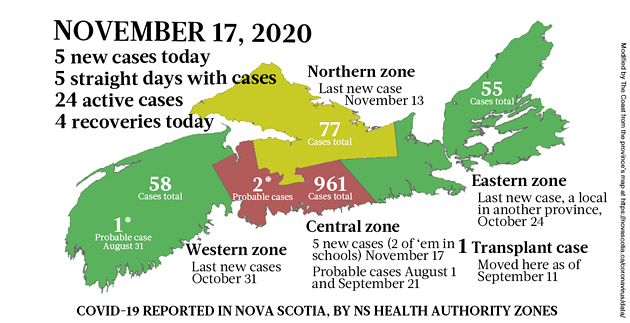
The count keeps rising
The province announced five new cases of COVID-19 today, the fifth straight day Nova Scotia's gotten fresh cases. "The new cases are in the Central Zone," said the provincial update. "Two are the school-based cases announced yesterday. The other three are close contacts of previously reported cases."
In the wake of those cases in schools (see below) top doc Robert Strang and premier Stephen McNeil are having a webcast briefing today at 3pm to address down fears and rumours. You can watch live at novascotia.ca/stayinformed/webcast, or catch it later at the Nova Scotia government's YouTube page.
It's in the schools
Yesterday, after the work day was done, the province sent out an unusual press release. COVID-19 testing on Monday turned up two particularly alarming cases, and instead of waiting until the next day to mention them, as usually happens with new case numbers, the information was sent out the same day. It didn't make a huge splash last night, but this morning it was all over the news as Nova Scotia woke up: C19 is in the schools.
The patients are a student at Graham Creighton Junior High (that's in Cherry Brook) and a student at Auburn Drive High (Cole Harbour). According to the press release, both students were in self isolation at home, and these are "the first cases associated with schools."
"Our schools mirror our communities, so this news is not unexpected," education minister Zach Churchill said in the release. "Any student or staff who needs to learn or teach from home will be provided necessary supports."
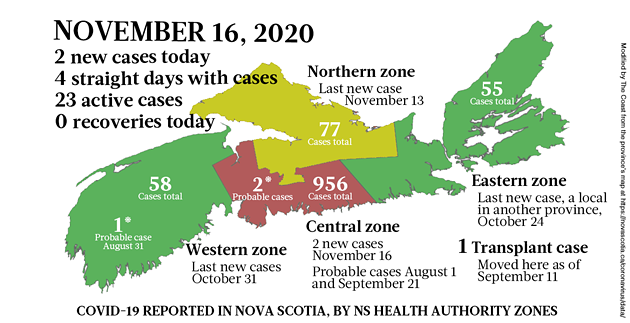
New week, same old virus
Instead of getting a fresh start on Monday, the coronavirus is just trucking along from last week, adding two new cases to Nova Scotia's total to keep its streak going at four straight days with infections. "The new cases are in the Central Zone," says the province's COVID-19 update. "Both are connected to previously reported cases and are still under investigation."
No patients who had the disease recovered since yesterday; there are currently 23 active cases in Nova Scotia.
So far in November, the province has gotten 37 known cases, or more than two cases per day. Before November, it took from August 15 through October 31 to get 37 cases, just under half a case per day. These numbers are below what we'd expect if the second wave had arrived (see below), but they are still moving in a distinctly disconcerting direction.
That second wave is a tidal wave
In case you're wondering what's going on with the second wave of COVID-19 outside the Atlantic bubble, we've got a chart. Happy mathy Monday everyone!
The following graph shows the number of new cases reported across Canada every day during the pandemic. The number is the seven-day rolling average—a way to smooth out the chaos of numbers jumping around day-to-day in order to reveal the trends. And the trend for Canada's pandemic shows a first wave that built to a peak of fewer than 2,000 cases per day around the start of May before subsiding through the summer, then a second wave starting to grow at the start of September. That second wave has grown steadily and sharply, surpassing the first-wave peak at the start of October and continuing to climb to a current rate of well over 4,000 cases per day, more than double the first wave.
However, the second wave isn't hitting equally. The Atlantic bubble is getting some cases, and in the North even Nunavut—which hadn't had a single case since the pandemic began—started seeing infections in early November, but these areas are practically untouched next to the rest of the country. Ontario, Quebec, British Columbia, Alberta, Manitoba and Saskatchewan, the six provinces west of the Atlantic bubble, are getting absolutely walloped.
For the west, the second wave is an ever-growing tidal wave. Here, it remains a very real threat that we are managing to stave off with help from such social sacrifices as the two-week quarantine on travellers and conscientious physical distancing. How long we can keep it up in Nova Scotia, especially with the travel and gathering expectations of the holiday season also looming, will write the next chapter of our plague diary.
News updates archives
November 9 week. November 2 week. October 26 week. October 19 week. October 12 week. October 5 week. September 28 week. September 21 week. September 14 week. September 7 week. August 31 week. August 24 week. August 17 week. August 10 week. August 3 week. July 27 week. July 20 week. July 13 week. July 6 week. June 29 week. June 22 week. June 15 week. June 8 week. June 1 week. May 25 week. May 18 week. May 11 week. May 4 week. April 27 week. April 20 week. April 13 week.

